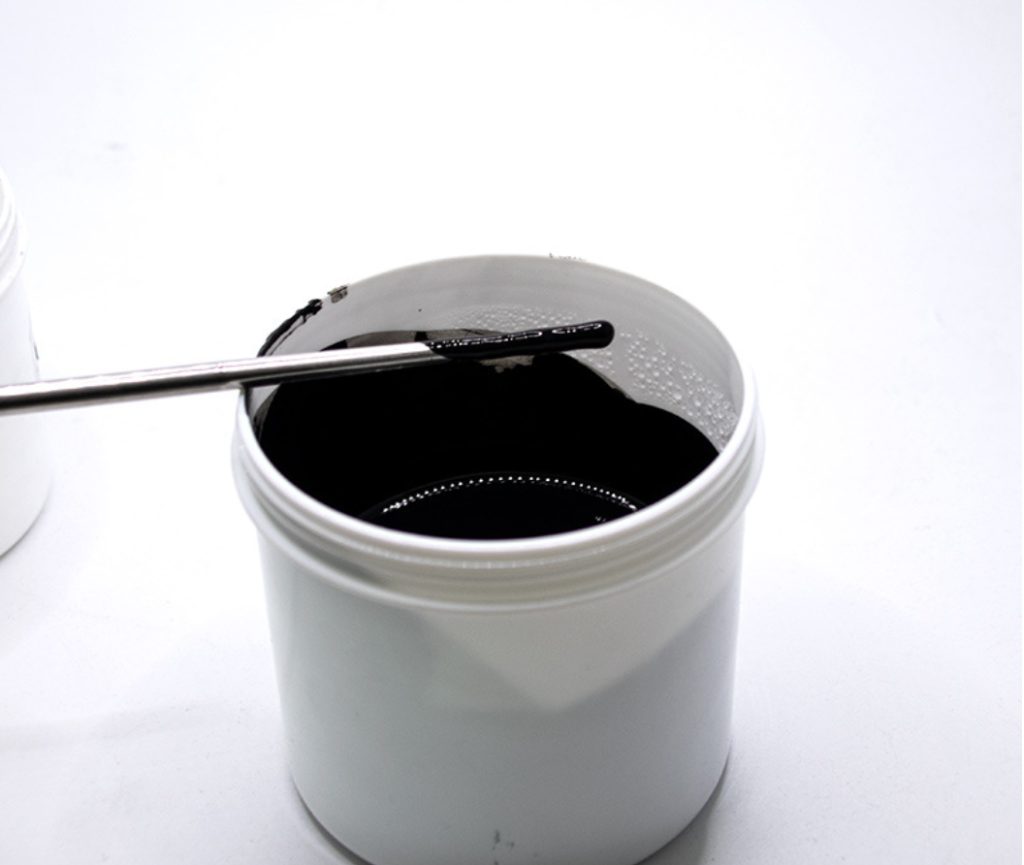Key Technical Challenges of Graphene Coatings (Dispersion, Stability, and More)
Graphene-based coatings offer exceptional properties, including anti-corrosion, electrical conductivity, thermal conductivity, and mechanical strength. However, the commercialization and large-scale production of graphene coatings face several key technical challenges. These challenges must be addressed to ensure stable formulations, uniform application, and long-term performance. Below are the primary technical difficulties in graphene coatings and possible solutions.

1. Dispersion Challenges
Issue:
Graphene has a strong tendency to aggregate due to its high surface energy and strong van der Waals forces. Poor dispersion leads to uneven distribution in coatings, reducing their effectiveness.
Solutions:
-
Functionalization:
- Surface modification with oxygen, hydroxyl, or carboxyl groups (e.g., graphene oxide) enhances dispersion in polar solvents and waterborne coatings.
- Covalent functionalization with silanes or polymers improves compatibility with resin matrices.
-
Surfactants & Dispersants:
- Nonionic, cationic, and anionic surfactants (e.g., sodium dodecyl sulfate, Triton X-100) can improve dispersion stability.
- Polymer dispersants like PVP (polyvinylpyrrolidone) or PEG (polyethylene glycol) enhance solubility.
-
High-Shear Mixing & Ultrasonication:
- Ultrasonic dispersion and high-shear mixing help break graphene agglomerates into smaller, well-distributed flakes.
- Optimal sonication duration (typically 30–60 minutes) prevents re-agglomeration.
-
Graphene Oxide Reduction Control:
- In waterborne coatings, reduced graphene oxide (rGO) tends to re-aggregate. Controlled reduction methods help maintain dispersion.
2. Stability of Graphene in Coating Formulations
Issue:
Graphene’s tendency to settle over time leads to instability in coating formulations, impacting shelf life and performance.
Solutions:
-
Colloidal Stability Optimization:
- Proper selection of solvents and stabilizers prevents sedimentation.
- Zeta potential adjustment ensures electrostatic repulsion among graphene particles.
-
Rheological Control:
- Use of thickeners (e.g., fumed silica, cellulose derivatives) improves viscosity and prevents graphene from settling.
- Shear-thinning behavior should be optimized to ensure easy application.
-
Resin Compatibility:
- Selecting compatible binders (such as epoxy, polyurethane, or acrylics) ensures long-term stability and prevents phase separation.
3. Coating Uniformity and Adhesion
Issue:
Graphene particles can cause phase separation or aggregation, affecting coating uniformity and adhesion to substrates.
Solutions:
-
Surface Functionalization of Graphene:
- Enhances interaction with polymer resins for better adhesion.
- Oxygen-containing groups on graphene oxide improve bonding with metal and plastic substrates.
-
Optimized Coating Formulation:
- Using coupling agents like silanes or titanates improves adhesion to difficult substrates (e.g., glass, plastics).
-
Application Process Control:
- Spray parameters, drying time, and curing temperature should be optimized for uniform film formation.
4. Electrical & Thermal Conductivity Optimization
Issue:
Graphene coatings may not achieve desired conductivity due to poor interparticle connectivity or excessive insulating binders.
Solutions:
-
Graphene Concentration Adjustment:
- Higher graphene loading enhances conductivity but may affect viscosity and dispersion.
- Optimal loading typically ranges between 0.5% and 5%.
-
Hybrid Fillers:
- Combining graphene with carbon nanotubes (CNTs) or silver nanowires enhances conductive pathways.
-
Post-Treatment Techniques:
- Laser annealing or thermal reduction of graphene oxide coatings improves conductivity.
5. Scalability and Cost Challenges
Issue:
High production costs and difficulty in scaling graphene-based coatings hinder commercial adoption.
Solutions:
-
Cost-Effective Graphene Synthesis:
- Large-scale production methods (e.g., chemical vapor deposition, liquid-phase exfoliation) reduce costs.
- Sustainable sources like biomass-derived graphene lower material costs.
-
Efficient Manufacturing Processes:
- Continuous processing methods (e.g., roll-to-roll coating, spray deposition) enhance production efficiency.
6. Environmental and Regulatory Compliance
Issue:
Toxic solvents and unstable graphene formulations may raise environmental concerns and fail regulatory standards.
Solutions:
-
Waterborne Graphene Coatings:
- Replacing organic solvents with water-based systems reduces VOC emissions.
- Functionalized graphene oxide disperses well in aqueous systems.
-
Eco-Friendly Additives:
- Using biodegradable surfactants and resins ensures compliance with environmental standards.
Conclusion
Despite the challenges in graphene-based coatings, ongoing research and innovation are helping to overcome dispersion, stability, conductivity, and scalability issues. By optimizing functionalization techniques, selecting appropriate resins, and improving coating formulation processes, graphene coatings can achieve superior performance in various industries.

